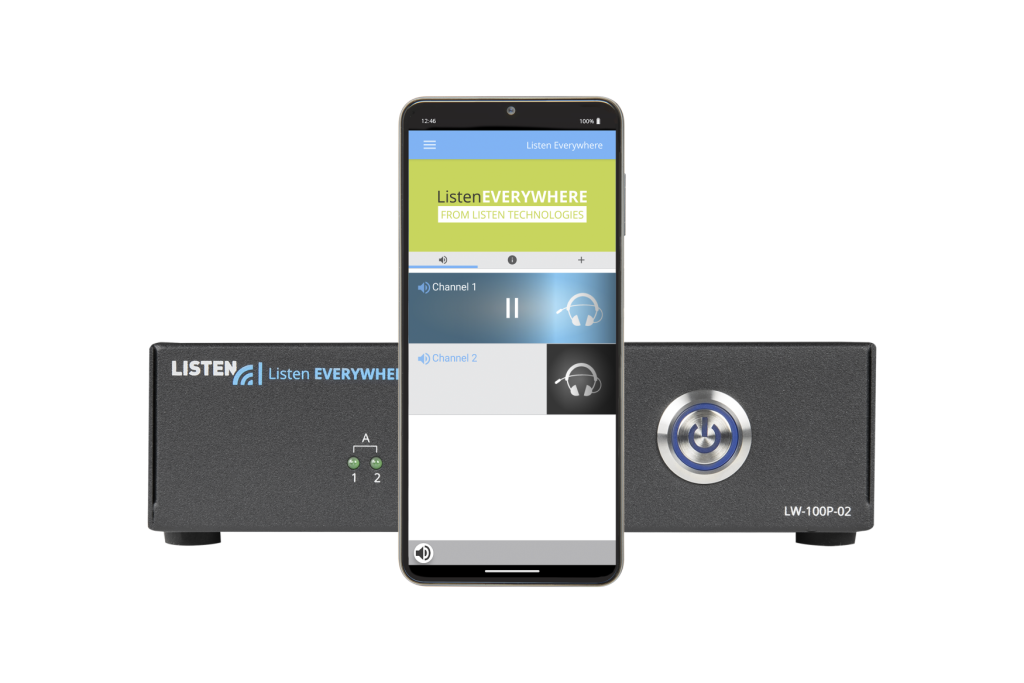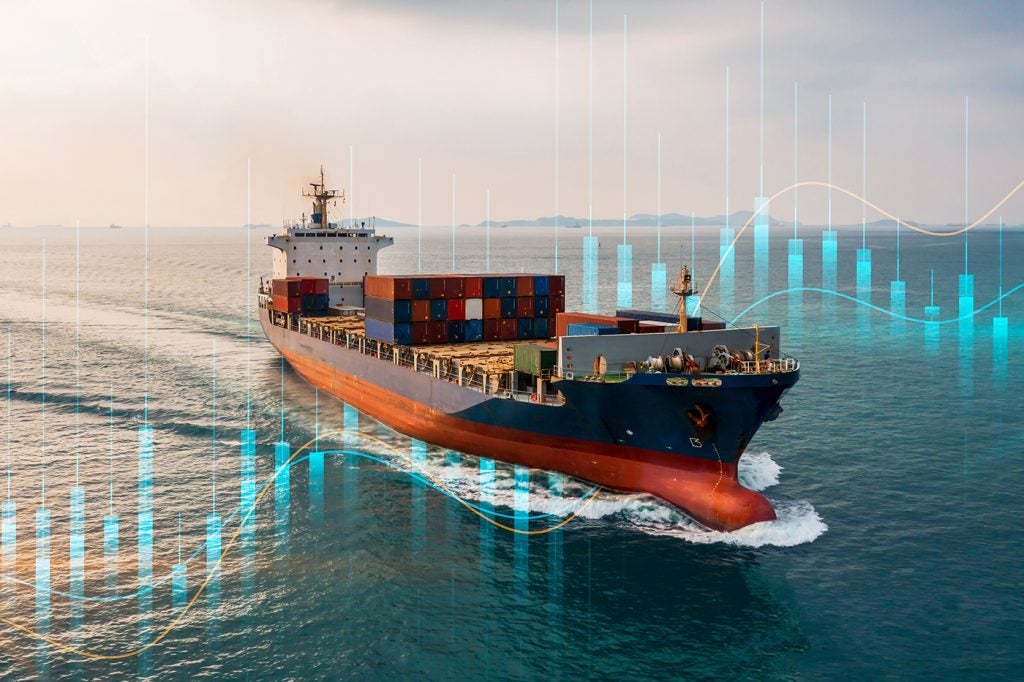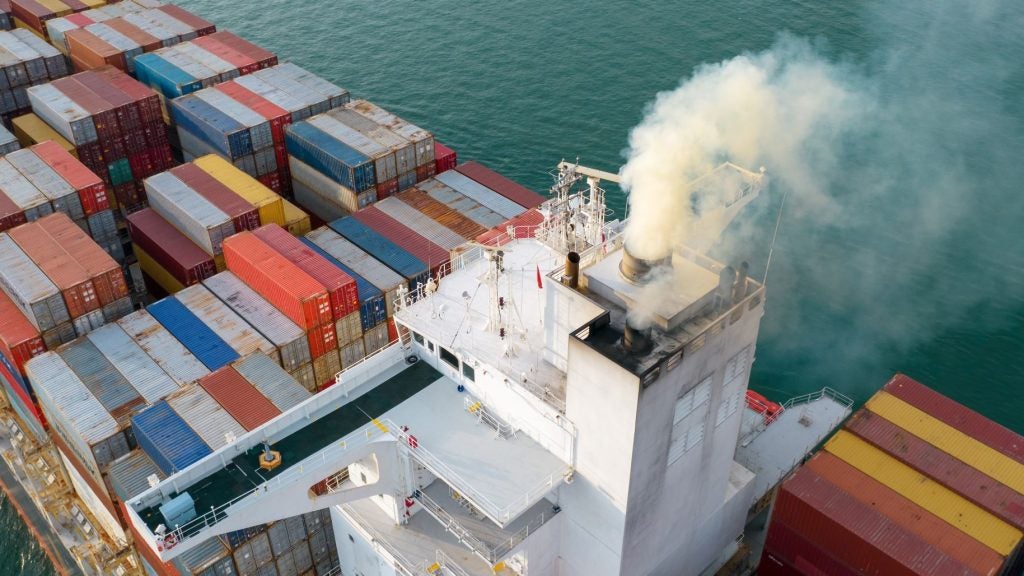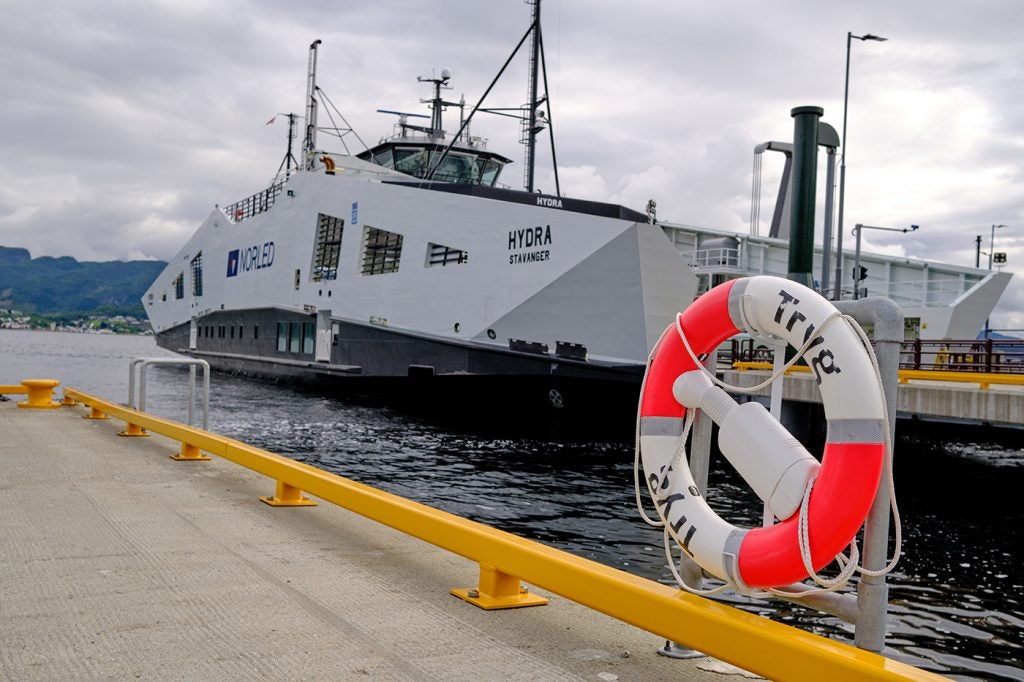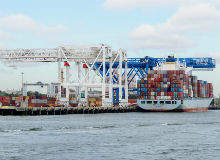

How would the industry change if operators could more accurately predict sea levels in advance? Could it create a more efficient industry? How would current demurrage charges – accrued during unintended laytime – change?
It is these questions that led Simon Holgate, a former oceanographer at the National Oceanography Centre, into the path of Sea Level Research founder.
“It is about knowing water levels and more information, allowing people to plan and predict ship movements,” he says.
The technology can, it is claimed, predict sea levels up to 36 hours in advance to within 20cm, 95% of the time. With its first product, Petro Planner – which is targeted at oil refineries – almost ready for the market, Sea Level Research has certainly sparked interest across the industry. Here, Holgate explains more about how it works in practice.
Gary Peters: How did you start the company? Where did your inspiration come from?
Simon Holgate: I spent ten years at the National Oceanography Centre and I worked on global sea levels.
How well do you really know your competitors?
Access the most comprehensive Company Profiles on the market, powered by GlobalData. Save hours of research. Gain competitive edge.

Thank you!
Your download email will arrive shortly
Not ready to buy yet? Download a free sample
We are confident about the unique quality of our Company Profiles. However, we want you to make the most beneficial decision for your business, so we offer a free sample that you can download by submitting the below form
By GlobalDataI stepped out of the centre in 2012 and in talking with colleagues we discovered that there is this ‘last mile’ problem, if you will, with bringing vessels in and out of port efficiently.
What are the issues around that? It’s not just about having tides, which we’ve been able to predict pretty well for a couple of hundred of years, it’s about knowing water levels and other information, allowing people to plan and predict ship movements.
GP: What are the main benefits?
SH: It has really been about making shipping more efficient. Ports want to increase the cargo they handle and reducing emissions is critical. You have ships sitting out at anchor outside port because they can’t come in because they don’t have the correct tidal window; we could make that process more efficient by delivering highly accurate sea level prediction data.
There is a significant issue now about coastal pollution, which to some extent is being addressed with low sulphur fuel. But, we felt that making the whole system more efficient was very important.
GP: Can you explain how the technology and prediction system works?
SH: So, we produce the most accurate form of sea level data that is commercially available. We combine accurate tide information with hydro dynamic models, together with our machine learning algorithms to refine it for the local environment. The hydro dynamic models are useful generally, but at a specific location, they are not accurate enough. So we improved it.
We’ve known about tides for a very long time, but what we don’t often have is information regarding the surge – that is the “weather” on top of the tides. This is what we calculate and predict and then combine with other data. This is sent to the user so they can plan and optimise efficient use of the water around the port.
This can be a safety issue. Knowing about the surge might allow you to plan for lighter cargo loads on departing ships or bring in ships at different times.
If you are bringing ships in through a tidal window – sea level window with a cut, it might mean you can only get three ships through that window rather than four.
On the other side of that, if you have more water than you expect, you may bring an extra ship through. It might mean that a ship that would previously be left outside at anchor can come into port sooner. Similarly for departing ships, extra cargo may be loaded.
If you can bring a vessel in early and save 12 hours, you can reduce the cost of demurrage. You also might not have to steam as fast to get to your next point. And likewise, if you’re not going to come into port you can ease up and not burn as much fuel.
The point is that we can predict this and improve communication across all stakeholders to help make the right decisions and drive value.
GP: How is the information displayed?
SH: It’s a cloud hosted app, delivered to the browser. Pilots can get it on their phones while terminal users can have it on their desktop.
It’s not like the old days of emailing around spreadsheets. It’s available on the move. We’re trying to answer the questions that people want to know. If we can help people plan, maybe a day and a half in advance, that saves time and money.
Our aim is to provide relevant information; telling terminal operators that there will be a cut in the tide, so they might want a lighter load to ensure the vessel gets out on time, for example.
GP: You recently received £200,000 investment. How important is investment such as this?
SH: Our early development was carried out with a grant from Innovate UK and that allowed us to produce feasibility studies and build a working system demonstrator.
With this new investment, we’ve shown that there is relevance to what we are doing. We know that when we speak to people they are excited about the possibilities. The money now is to take the product to market more widely. Shipping is a global industry, after all. Initially we are working in the UK, but even today we can cover all of Europe. Ultimately we want to take it global. The investment is there to take it to the European market and hopefully beyond.
GP: What reaction and interest have you had from industry?
SH: A lot of interest and diverse as well. This has implications for everything from infrastructure protection through to congestion at ports, such as making the decision to divert to another port instead of one that you can see is going to be congested.
The potential for reduction in demurrage that can come from this is important. A lot of operators have very large demurrage bills because of delays. If we can smooth that process, we can make it more efficient.
There are all kinds of buzz words around big data, but you have to capitalise on that and provide the right information at the right time so people can make better business decisions. We have a number of things in the pipeline.
GP: Will the use of prediction software in the industry grow?
SH: Very much so. If you think about how it touches our lives as consumers, I can’t imagine that it won’t have a huge impact in the shipping industry.
There are always drivers for efficiency and people are always keen on saving money. We can already see how technology is changing shipping, and if you’re going to compete, you need to be as efficient as possible.
The better information we have, I can only see it going one way, really. Ultimately we want port users to be more efficient and have greater safety. The value of data really depends on proper analysis, learning and action. If we can use science and technology to make this happen it’s a win-win situation. We like to think our work is visionary. As far as I’m aware no one else is doing this at the moment.



